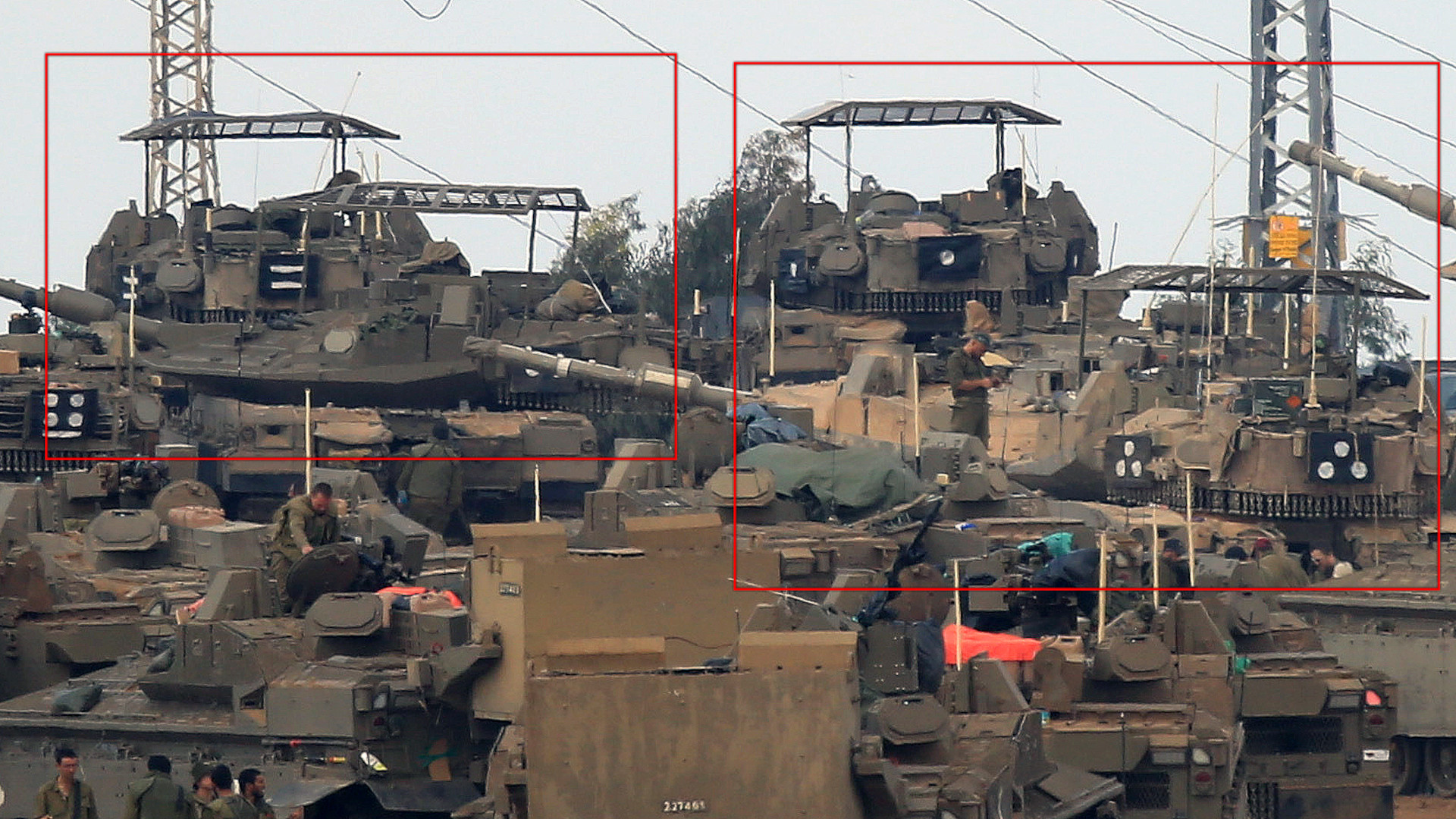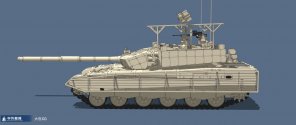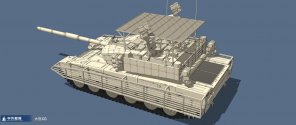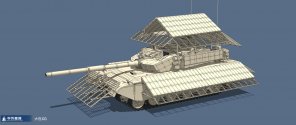It's also easier making new single piece 125mm ammunition for a scaled up Type 15 bustle autoloader than making an entirely new gun of an entirely different caliber with new ammunition from scratch to boot.It is more about legacy and logistics. Like what will you do with all your older ammo stocks. Than it being particularly hard to do.
China already has 105mm bustle autoloader from Type 15. It is "just" a matter of scaling it up.
You are using an out of date browser. It may not display this or other websites correctly.
You should upgrade or use an alternative browser.
You should upgrade or use an alternative browser.
New Type98/99 MBT thread
- Thread starter Dongfeng
- Start date
IIRC during the Korean War, it was mostly power-to-weight ratios that mattered. There was a lot of hill/mountain climbing so higher ratios meant better felt mobility and higher engine reliability (less stress). Of course there are the usual bridge crossing restrictions.
Shermans were 33.7t with 11.0 PSI and 13.3 hp/tonne.
Pershings were 41.9t with 12.5 PSI and 10.7 hp/tonne.
Pattons were ~44t with 14 PSI and 16 hp/tonne.
The Sherman and Patton were regarded as fine, but the Pershing were disliked for their sluggishness and frequent engine breakdowns. So I surmise the Korean landscape wasn't very demanding on ground pressure and pretty forgiving on power-to-weight ratios per modern times.
At the very least, the heavy tanks used by the East Asian powers have pretty good power-to-weight ratios and don't exceed the Patton's weight by much. K2 Panther, ZTZ99, and Type 10 are all high 40s to mid 50s in weight with ~27 hp/tonne. It's only Western heavy tanks (~22 hp/tonne) and ZTZ96A (~18 hp/tonne) that might have issues but those are unlikely to be involved anyways.
The terrain height isn't as restrictive as in the Himalayas so I don't see the need for light tanks ala ZTQ-15, but perhaps the increased mobility will be that decisive for the next war. It's not like technology and the way to conduct offensives has stood still since then after all.
In short, I think heavy tanks are fine for the peninsula.
That's an oversimplification that could actually be construed wrongly.
Higher power:weight ratio is misleading here.
Tactical mobility in highly inclined terrain is more about the gearing ratio than the power:weight available. You can have all the power in the world but if your lowest gear is too tall, your engines will be screaming at max revs just to climb a few degrees of slope. Likewise if you have low p:w but low ratio gears, you won't hit high speeds but you'll chug up those slopes all day long (at your own pace). A good driver will know the limits of his vehicle and nurse that engine by driving within specs.
A good set of lower ratios will mean the AFV accelerates well on level ground as well. The challenge then is to pack enough gears within the limited space of a compact AFV to have not only good low ratios (for acceleration/climbing) but also enough tall ratios for top end speed and cruising efficiency. Not forgetting enough gears for reverse speed (cough T-72 cough). Hard to do it all within the tight packaging required in an MBT.
Bottom line, if you want a AFV suitability for that terrain, look at the gearing ratios being set up for low ratios. All else being equal, then your higher p:w ratio will result in a more sprightly, nimble tactical platform.
Re: PSI and nominal ground pressure - this is a very poor indicator of soft ground mobility. Even MMP/VCI doesn't quite begin to get there but at least it differentiates the nuances in running gear design better.
Last edited:
Laser UAV jammer, or anti drone RW + Hard Kill APS is probably sufficient, IDK why put slat armor everywhere when you already have hard kill APS. That won't improve the situation. Perhaps some TUSK packages on the side would do much better against anything that the APS fails to intercept.
MwRYum
Major
But look, nobody laughs at "cope cage" anymore.Laser UAV jammer, or anti drone RW + Hard Kill APS is probably sufficient, IDK why put slat armor everywhere when you already have hard kill APS. That won't improve the situation. Perhaps some TUSK packages on the side would do much better against anything that the APS fails to intercept.
When even Merkava joins the Cope cage clubLaser UAV jammer, or anti drone RW + Hard Kill APS is probably sufficient, IDK why put slat armor everywhere when you already have hard kill APS. That won't improve the situation. Perhaps some TUSK packages on the side would do much better against anything that the APS fails to intercept.

some things I learned recently:
the Abrams can't fire ATGM, has no autoloader, and has a smaller gun than the 99A. although it probably better protected. the 99A has all of these things, plus being more mobile because it is lighter.
dare I say that the 99A compares favorably to the Abrams? hahaha


the Abrams can't fire ATGM, has no autoloader, and has a smaller gun than the 99A. although it probably better protected. the 99A has all of these things, plus being more mobile because it is lighter.
dare I say that the 99A compares favorably to the Abrams? hahaha
Smaller gun by like 5mm doesn’t mean anything. It should also be noted that a good abrams loader can load faster than a Soviet auto loader for a period of time.some things I learned recently:
the Abrams can't fire ATGM, has no autoloader, and has a smaller gun than the 99A. although it probably better protected. the 99A has all of these things, plus being more mobile because it is lighter.
dare I say that the 99A compares favorably to the Abrams? hahaha
yea true, I think all modern tank guns are pretty much equal. however without an autoloader you need one additional crew member, increasing liability should one becomes incapacitated. another issue is loading while traversing uneven terrain, an autoloader would still function at the same speed. the autoloader in the 99A is a newer one, not from soviet era. the gun is also newer.Smaller gun by like 5mm doesn’t mean anything. It should also be noted that a good abrams loader can load faster than a Soviet auto loader for a period of time.




